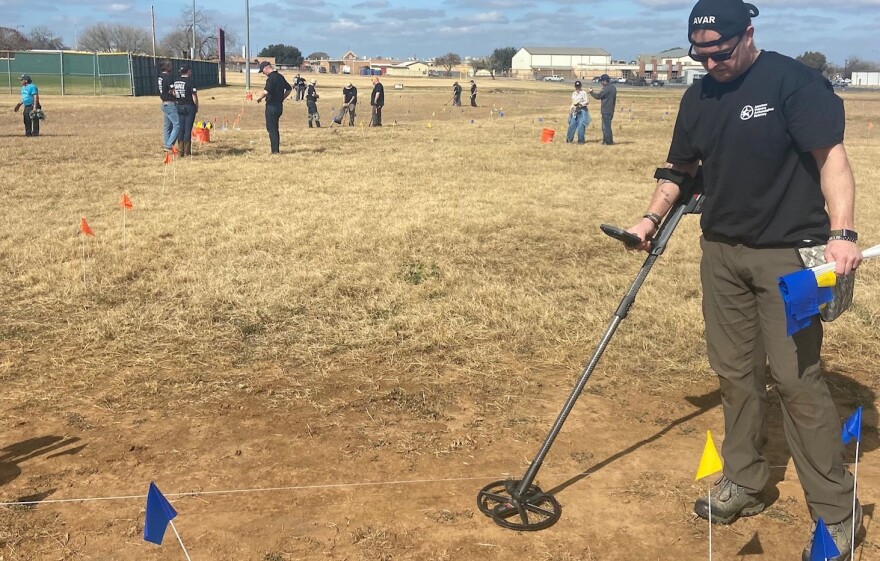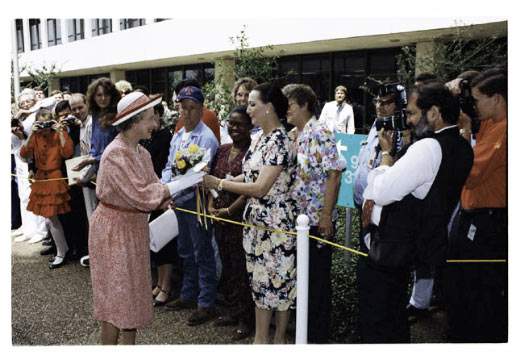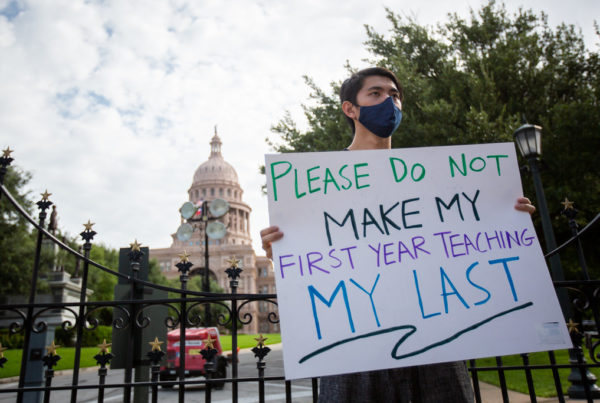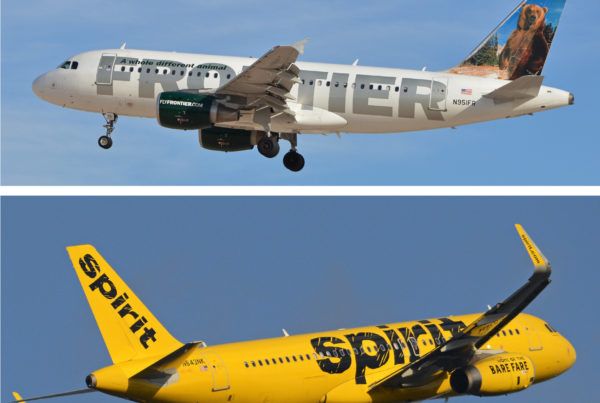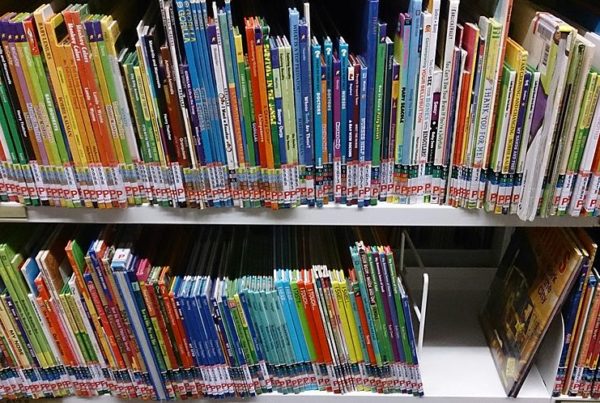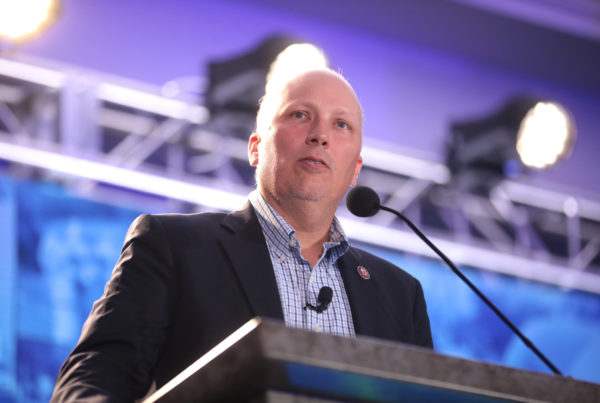The 1813 Battle of Medina was one of the largest and bloodiest battles in Texas history. Yet little is known about it, including the actual location of the battle. It posed an army of around 1400 Tejanos, Anglo American and Native American volunteers against about 1900 Spanish army regulars. Almost all the Texans were killed. Now, the largest organized effort to locate the battle site has begun.
It’s a beautiful, sunny February morning, about a dozen volunteers are working in a small area behind the Losoya Middle School football field on the city’s far south side. The area is cordoned off with small flags.
History podcaster Brandon Seale has led the push to find the battle site. He says this area is closed to the burial site of the Spanish soldiers killed in the battle.
“So, this spot in our reckoning has the longest continuous connection to the Battle of Medina. So the Church of El Nuestra Señora del Carmen, which is right across the street there, which you can see there, has claimed and most likely is the burial site of the 55 royalists dead from the Battle of Medina. That’s attested back to 1853 when they inaugurated the church. There, it’s attested even back to like 1817, four years after the battle where there’s a mention of the camp there. In the (El Carmen Catholic Church),” he said.
Seale says the area residents feel a connection to the battle.
“Just the south side high school community is the community that has never forgotten about this battle. You know that the students here are the descendants of the people that fought in it, and it’s a place that that even when you go around and just talk to the local residents, they’ll tell you stories about it, about, you know, finding munitions, about, you know, ghost stories abou strange appearances of what looked like people dressed in period attire and things like that. And so, this was the logical place to start the search that we’ve been working on for four years now in terms of raising money and volunteers for,” said Seale.

The volunteers are with a program called the American Veterans Archeological Recovery Project, or AVAR. Dr. Stephen Humphreys runs the program, which has completed several major archeology projects in the United States and Europe.
“What we want to do is pick up veterans who were looking for another opportunity to excel. We have very exacting standards. This is a scientific endeavor out here. We want to make them good at this. Teach them how to do this well and then put them together in groups so that they can accomplish a new mission with that same team that they’re used to working with,” said Humphreys.
He refers to the program as rehabilitation archeology.
“We have research that shows that this has benefits in terms of reducing the symptoms of stress, anxiety and depression, so it helps them as well. So we’re literally finding this battlefield, and at the same time, this battlefield is going to help our veterans to move forward,” he said.
The volunteers were given specialized training to search for the artifacts. The area is lined with orange flags with blue and yellow flags marking finds. McKenzie Burkhart is the air operations manager.
“The blue flags are metal detector hits or artifacts that are ferrous, so that means that they’re primarily made out of iron. So that tends to be things like nails. The yellow flags are non-ferrous materials, which would include, you know, aluminum, lead… things like that. So the most common thing that those flags mark is old cans. But what would be exciting, which is what we’re looking for, is that that’s also the metal composition of a musket ball,” said Burkhart
Every find is removed from the ground, packaged and labeled and put in to the find bucket. Peggy Wall is a project archeologist with UTSA, and she’s holding the bucket. It’s filled with bits of metal pull tabs and other objects in labeled plastic bags.
Wall said the first few hours of the search had not turned up much.
“Honestly, I haven’t seen anything that really, you know, makes me very, very excited. But I mean, it’s all interesting,” she said.

Brandon Seale says the odds of making an important discovery are admittedly small.
“We’ll find something of some kind of historical interest, you know, whether we find a concentration of munitions that suggests the battle occurred here… I mean, it’s a remote possibility, but the odds are against us. But we look at this as a multi-year project. I think we’ll be out here for several years, being guided a little bit by the people that come forward and continue to provide us clues and theories,” said Seale
The excavation is expected to continue through most of February.
More info about the Battle of Medina is available on Brandon Seale’s website.


